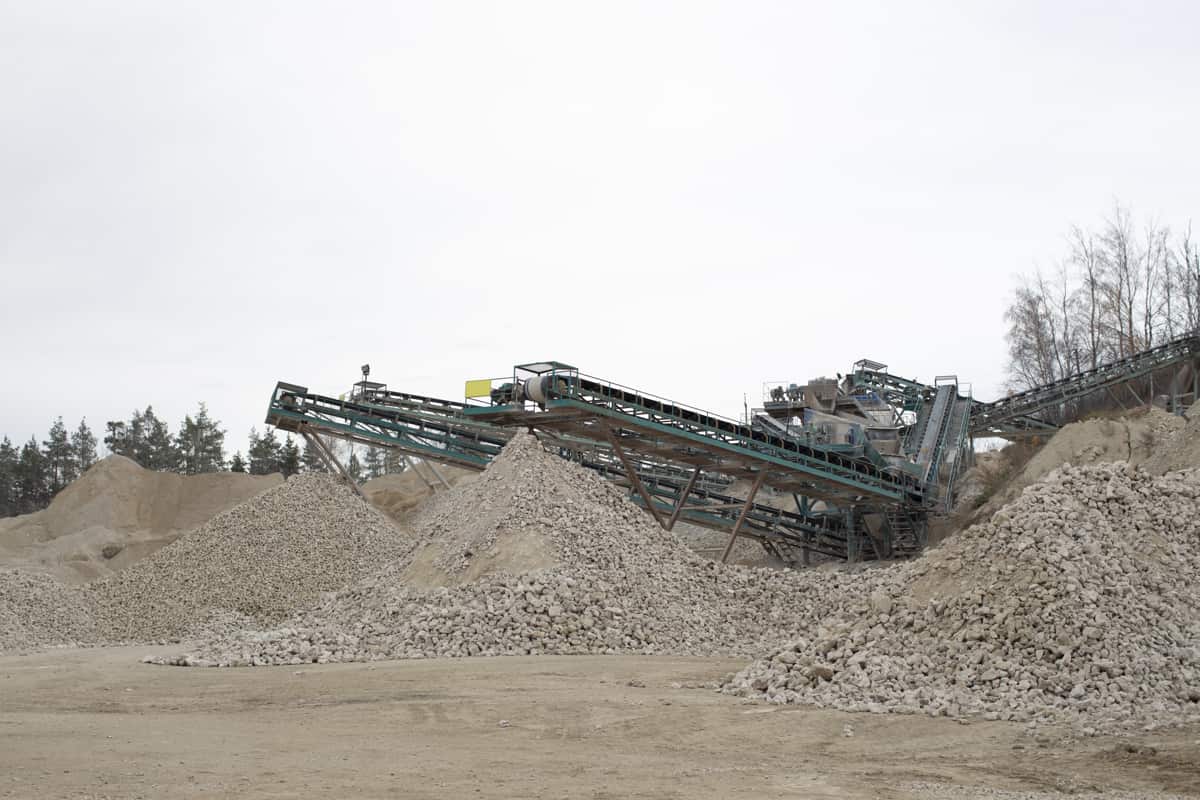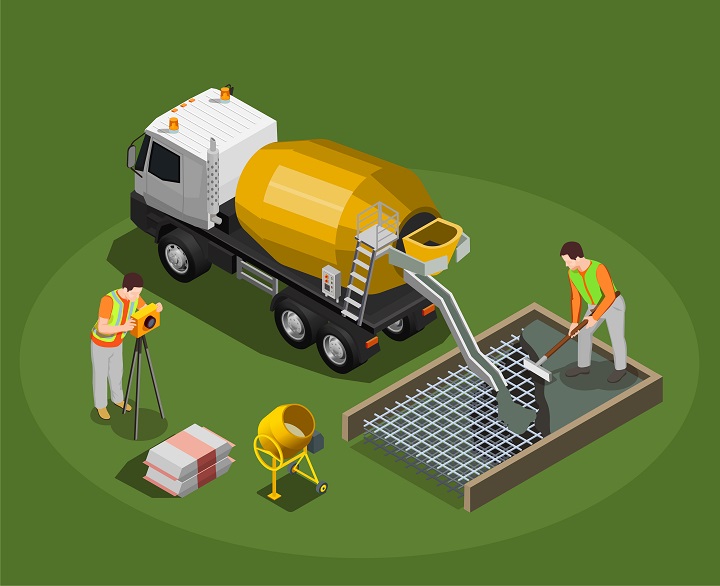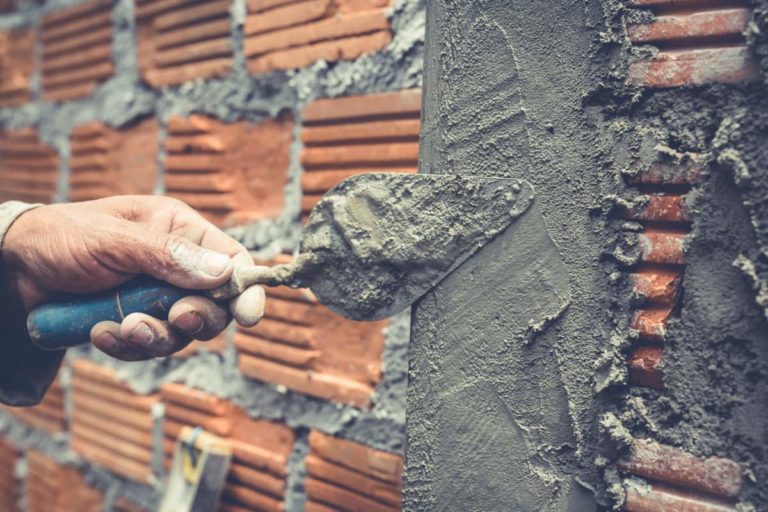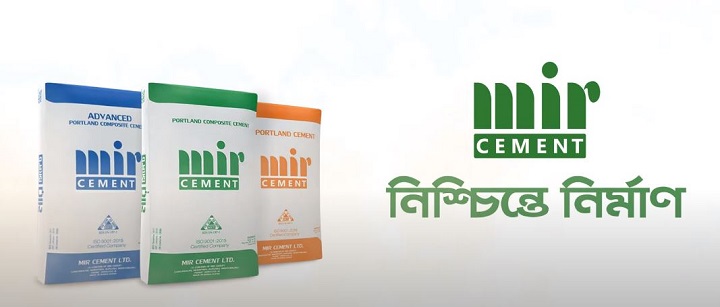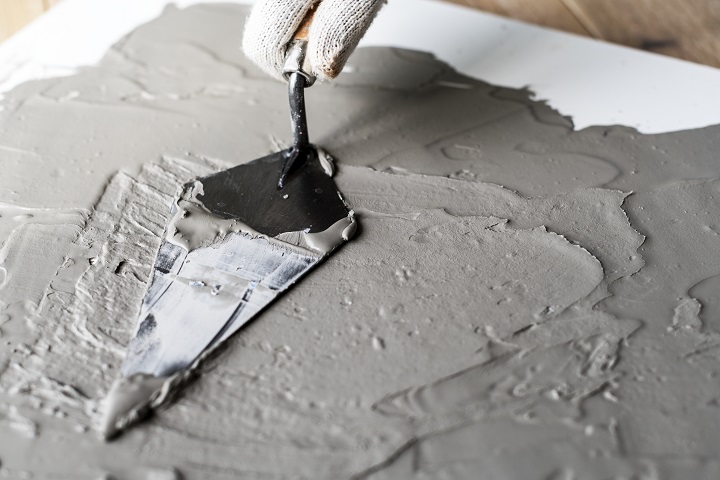Cement in Extreme Environments: Engineering Solutions for Challenging Conditions
Cement is the most widely used construction material in the world. Its combination of strength, versatility, and affordability makes it the go-to choice for a variety of construction projects. However, when it comes to extreme environments – whether that’s the sweltering heat of a desert, the frigid cold of the Arctic, the corrosive atmosphere of coastal areas, or the high pressure of underwater applications – standard cement formulations may not suffice. In this blog post, we will explore the challenges that extreme conditions pose to cement and the engineering solutions that make it possible to use this critical material in even the harshest of environments.
Understanding the Challenges
High Temperatures
In hot climates or industrial applications where temperatures can soar, cement can dehydrate and lose its structural integrity. The loss of water through evaporation can lead to cracking and a reduction in strength.
Freezing Temperatures
Conversely, in very cold environments, water within the cement can freeze and expand, causing damage to the material. This is a particular concern in polar regions or at high altitudes.
Saltwater and Chemical Exposure
Cement structures near or in ocean water are prone to corrosion due to salts and other chemicals. This can lead to weakening of the material over time.
Pressure and Mechanical Stress
Underwater applications or those subjected to high pressure, such as oil well casings, present a unique challenge as the cement must be able to withstand extreme force without crumbling or cracking.
Engineering Solutions for High Temperatures
Heat-Resistant Additives
To combat the effects of high temperatures, engineers have developed cement with additives that increase its heat resistance. Materials such as silica fume, fly ash, and calcium aluminate cements are often used to maintain integrity at high temperatures.
Phase Change Materials
Incorporating phase change materials (PCMs) can help regulate the temperature of cement by absorbing and releasing heat, thus reducing the risk of heat-induced damage.
Freezing Temperature Solutions
Air-Entraining Agents
In freezing temperatures, air-entraining agents are added to cement to create microscopic air pockets. These pockets provide space for water to expand when it freezes, reducing pressure on the cement structure.
Antifreeze Compounds
Similar to how antifreeze works in a car, certain compounds can be added to cement to lower the freezing point of the water within, preventing it from freezing and expanding.
Combatting Saltwater and Chemicals
Protective Coatings
Applying protective coatings to the surface of cement structures can prevent saltwater and chemicals from penetrating and causing damage.
Modified Cement Formulations
Cement with higher concentrations of blast furnace slag, silica fume, or fly ash has been shown to offer greater resistance to the corrosive effects of saltwater and chemicals.
Handling Pressure and Mechanical Stress
High-Performance Concrete
High-performance concrete (HPC) is designed to withstand significant mechanical stress. It often includes additives like silica fume and superplasticizers to enhance its strength and durability.
Fiber Reinforcement
Adding fibers such as steel, glass, or synthetic materials can significantly improve the tensile strength of cement, allowing it to better handle mechanical stress and pressure.
Innovations in Cement Technology
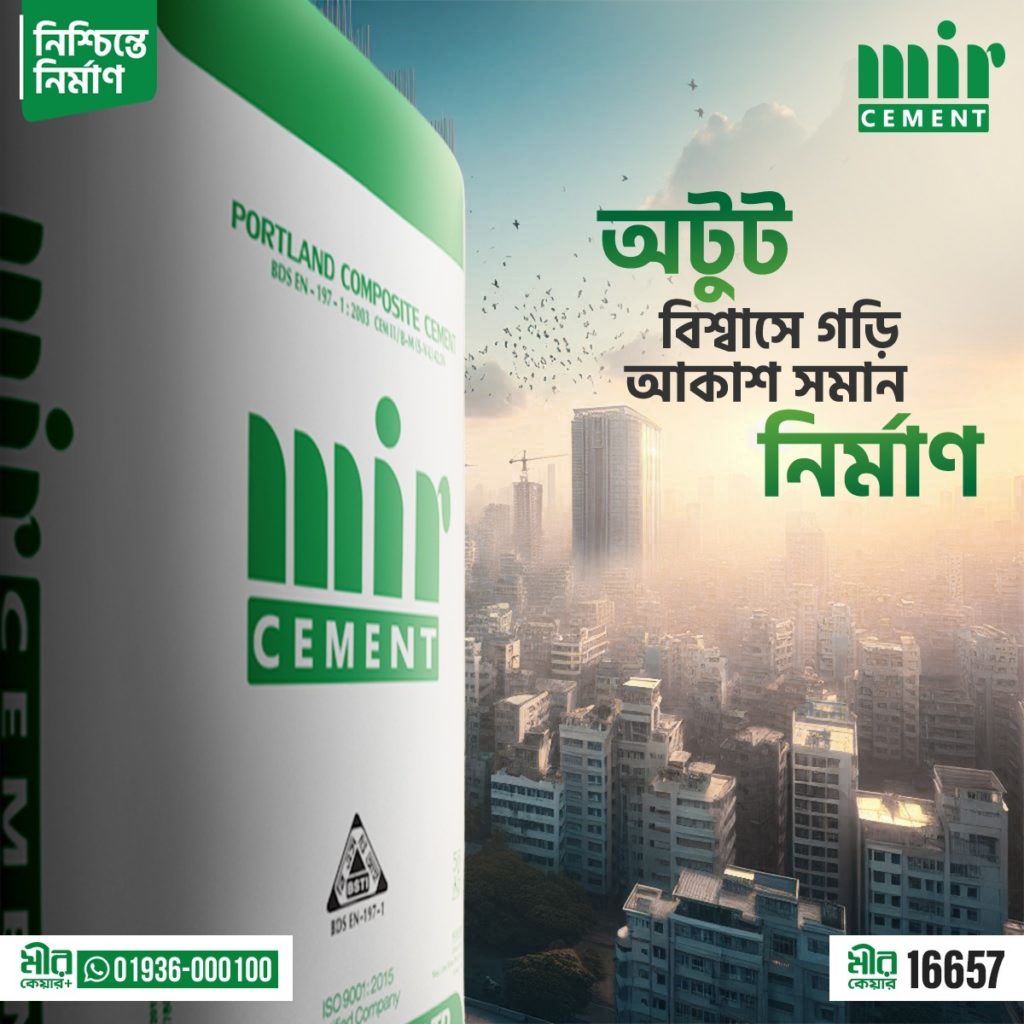
Self-Healing Cement
One of the most promising innovations in cement technology is the development of self-healing cement. These materials can repair their cracks through various mechanisms, including the use of encapsulated polymers or bacteria that produce limestone.
Nanotechnology
Nanotechnology has the potential to revolutionize cement by improving its properties at the molecular level. Nano-sized particles can be used to enhance strength, durability, and resistance to environmental factors.
Case Studies
The Burj Khalifa
The Burj Khalifa in Dubai, UAE, is a prime example of using specialized high-performance concrete to handle extreme temperatures and pressures. Its construction utilized a special mix that could withstand the high ambient temperatures and the immense pressure of the building’s weight.
Offshore Oil Platforms
Offshore oil platforms are often constructed with specialized cement designed to endure the corrosive marine environment and the intense pressure found at ocean depths. High sulfate-resistant cement and anti-washout cement are examples of materials used in these challenging conditions.
Future Directions
Sustainable Solutions
As the focus on sustainability grows, there is a push to develop cements that not only perform in extreme environments but also have a reduced carbon footprint. This includes the use of recycled materials and alternative clinker formulations.
Smart Cement
Research into smart cement, which can sense changes in its environment and respond accordingly, could lead to new applications and even greater durability in extreme conditions.
Conclusion
The use of cement in extreme environments poses significant challenges, but In the realm of cement innovation, Mir Cement stands out as a key player, contributing to the quest for robust construction solutions in extreme environments. Mir Cement’s commitment to research and development aligns with industry efforts to enhance the resilience of cement-based structures. Through specialized additives, protective coatings, and cutting-edge technologies like self-healing cement, Mir Cement exemplifies the collaborative spirit driving cement’s evolution.
This dynamic landscape ensures the continuous improvement of cement, guaranteeing structures can endure even the harshest conditions. Mir Cement has active role underscores the adaptability and resilience of the industry, solidifying cement’s status as an indispensable material in construction.
For more information, feel free to contact us at info@mircement.com or visit our website.
Frequently Asked Questions (FAQs)
1. How does cement perform in extreme cold weather conditions?
Cement changes setting time and strength in cold environments, requiring special additives and curing methods for optimal performance.
2. What are the challenges of using cement in high-temperature environments?
High temperatures can accelerate the setting process and compromise the structural integrity of cement; innovative mixes and cooling techniques are crucial for durability.
3. Can cement withstand corrosive environments like marine structures?
Cement can deteriorate in marine environments due to saltwater exposure, necessitating the use of corrosion-resistant additives and proper maintenance.
4. How is cement engineered for stability in seismic zones?
Engineers employ special cement formulations with enhanced flexibility and durability to mitigate the impact of seismic activities on structures.
5. What role does cement play in sustainable construction practices in challenging environments?
Innovations in eco-friendly cement production and application methods contribute to sustainable construction solutions, even in challenging environmental conditions.

